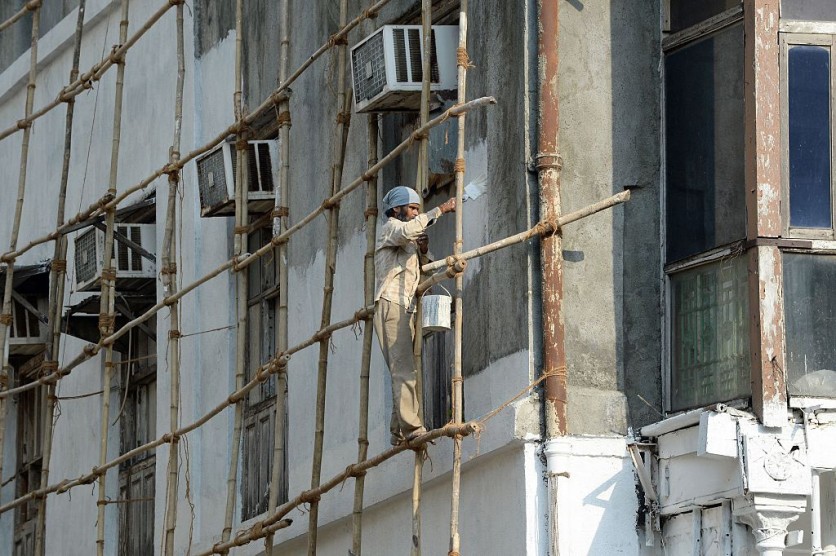University of Herfordshire researchers have developed a new protective lime wash mixture that could help protect buildings from erosion, as reported by Interesting Engineering.

Made from Bacteria
The new coating can create a chain of self-repairing mechanisms to protect the surface. It does this by the microbes absorbing carbon dioxide via photosynthesis, based on a press release. This results in an extra calcium carbonate barrier that acts as a buffer and protection of the surface.
Currently, they are working with the University's Carbon Land and the UK Hempcrete Ltd. to create a prototype.
Once the prototype is complete, they will test it at Whyte and Mackay Ltd on the Isle of Jura in Scotland. It is expected to be ready in July, while the testing may take three to six months.
Whyte & Mackay Ltd is an excellent testing spot because the winery is exposed to wind and rain, which damages the surface coating. This has a harmful impact on the company's production and can also be detrimental to the climate and local tourism.
Also read: Researchers Uncover Molecular Events To Help Explain Allergic Reactions To Air Pollution
A First-of-Its Kind Coating
Should the prototype and test be successful, the first-of-its-kind coating can be a game-changer for the winery, especially when it comes to fighting against climate change. This also aligns with the winery's zero-carbon commitments.
The prototype is expected to have a long-term impact on the winery's operations and its sustainability goals. The successful testing of the prototype could be a major step towards reducing energy consumption and carbon emissions.
The coating is designed to be durable and resistant to the elements, and can also be applied to other surfaces. This could be useful for other wineries and businesses that want to reduce their carbon footprint while preserving the natural environment.
Once the prototype and test are complete, the company will be able to use the new coating to protect their buildings and other surfaces. This should help to reduce their environmental impact and extend the life of their buildings and equipment.
A Game-Changer
The successful testing and implementation of the prototype coating could be a game-changer for the winery and the industry. The coating can help reduce the winery's energy consumption and carbon emissions while also helping to protect their buildings and equipment.
This could lead to cost savings and improved sustainability results. Additionally, the coating could be applied to other surfaces, making it a versatile and cost-effective solution for wineries and other businesses. This could lead to an increase in production and profits, as well as improved environmental results.
New details will be released soon. What do you think of this new development?
Related article: Japanese Researchers Create 'Sixth Finger' Robot: Here's Why

ⓒ 2025 TECHTIMES.com All rights reserved. Do not reproduce without permission.




